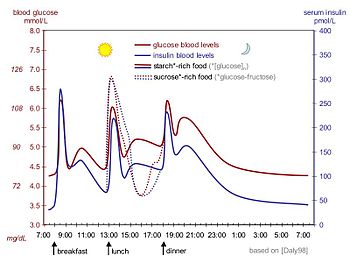The Anthropocene: a conspicuous stratigraphical signal of anthropogenic changes in production and consumption across the biosphere (20 page pdf, MarkWilliams, Jan Zalasiewicz, Colin N.Waters, Matt Edgeworth, Carys Bennett, Anthony D.Barnosky, Erle C. Ellis, Michael A. Ellis, Alejandro Cearreta, Peter K. Haff, Juliana A. Ivar do Sul, Reinhold Leinfelder, John R. McNeill, Eric Odada, Naomi Oreskes, Andrew Revkin, Daniel deB Richter,Will Steffen, Colin Summerhayes, James P. Syvitski, Davor Vidas, Michael Wagreich, Scott L.Wing, Alexander P.Wolfe, and An Zhisheng, AGU Publications - Earth’s Future, Mar. 14, 2016)
Also discussed here:
Human impact forms 'striking new pattern' in Earth's global energy flow (ScienceDaily, Mar. 23, 2016)
Today we review a geophysical history of the earth from the days when carbon and biological life were not present, through the evolution of the biosphere over 4 Billion years and photosynthesis to the advent of animal and plant life some 460 million years ago, modern
humans 195, 000 years ago to the farming of land 10,000 years ago and the build-up of carbon dioxide in the atmosphere and the beginning of a new
geological epoch, the Anthropocene. This history not only puts the significance of global climate change into context but it also shows the ways that man has literally changed the world.
 Key Quotes:
Key Quotes:
“The impact humans have made on Earth in terms of how we produce and consume resources has formed a 'striking new pattern' in the planet's global energy flow”
"Scale and process in the Earth’s biological-consumption system can be measured in a number of ways: a common one is
Net Primary Production (
NPP)—a measure of the net flux of carbon from the atmosphere into plants for a given time.”
“Currently, humans appropriate between 25 and 38% of NPP [dependent on different estimates… they liberate considerable additional energy from fossil NPP [hydrocarbons such as coal, oil and gas;..and, increasingly, produce energy from sources such as hydropower, solar radiation, wind, waves, geothermal sources, and nuclear reactors.”
“the team identified that human patterns of production and consumption are a key factor characterizing the epoch, and when measured against the billion-year old patterns of
planet Earth, they form a striking new pattern.”
"Very big changes in our planet's pattern of biological production and consumption do not happen very often. The appearance of photosynthesis was one, about two and a half
billion years ago. Then, a little over half a billion years ago, animals like trilobites appeared, to add scavengers and predators into a food web of increasing complexity.”
"It is without precedent to have a single species appropriating something like one quarter of the net primary biological production of the planet and to become effectively the top predator both on land and at sea."
“a biosphere state that is characterized by a geologically unprecedented pattern of global energy flow that is now pervasively influenced and mediated by humans, and which is necessary for maintaining the complexity of modern human societies.”


















































